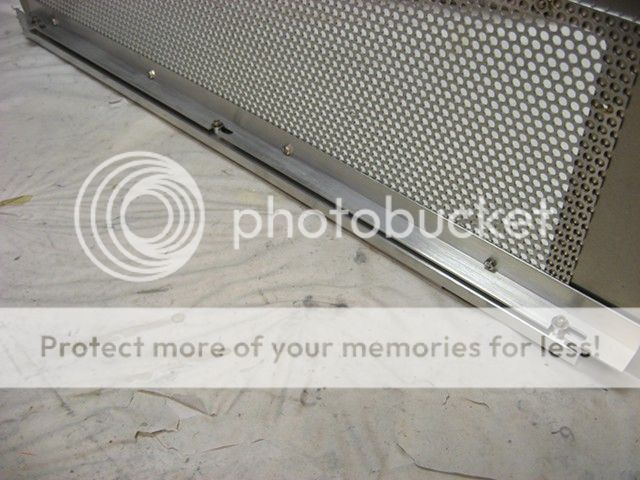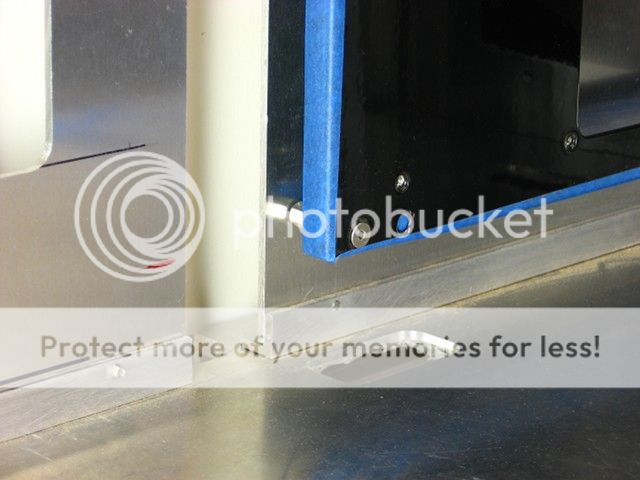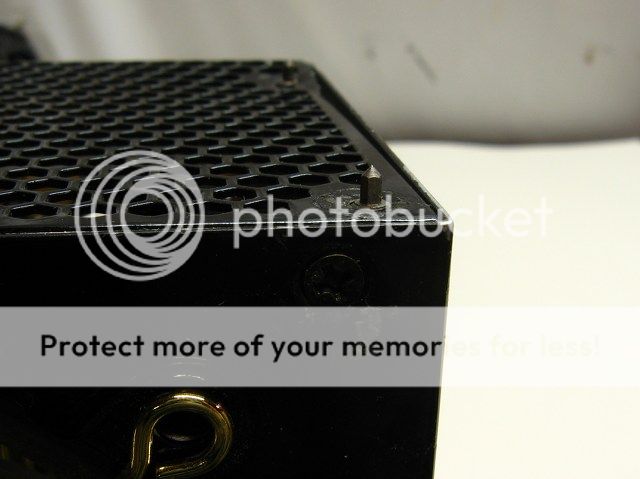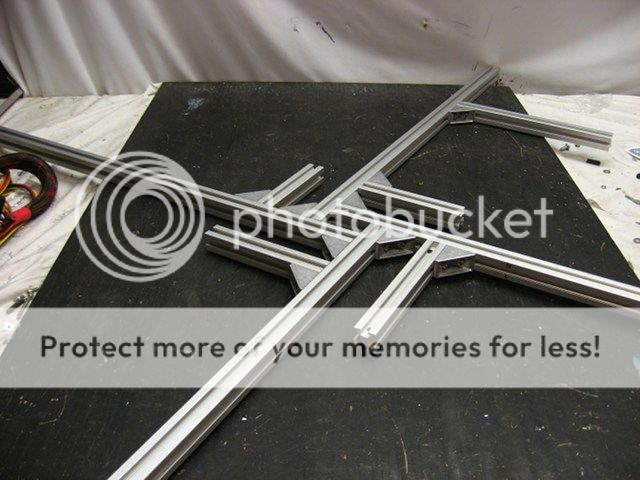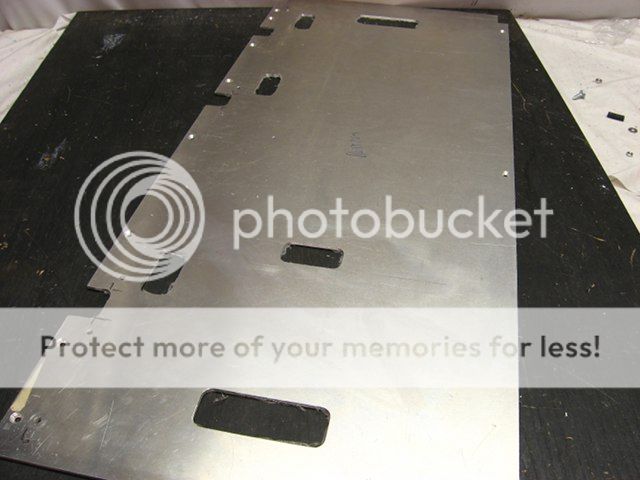Spotswood
Baseband Member
- Messages
- 97
- Location
- New Hampshire, USA
In order to accurately drill the bolt holes to attach the perforated aluminum to the side panels, I fabricated a drill template from some left over flat bar stock and a drill bushing I had lying around the shop.
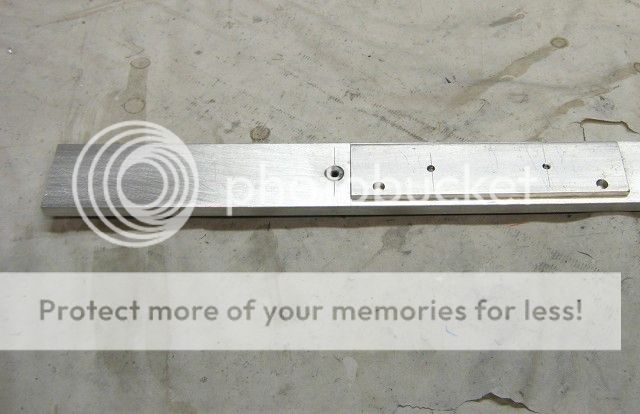
A couple of spacers was used to quickly and accurately place the jig on the work piece (to avoid having to measure/layout the location of the holes).
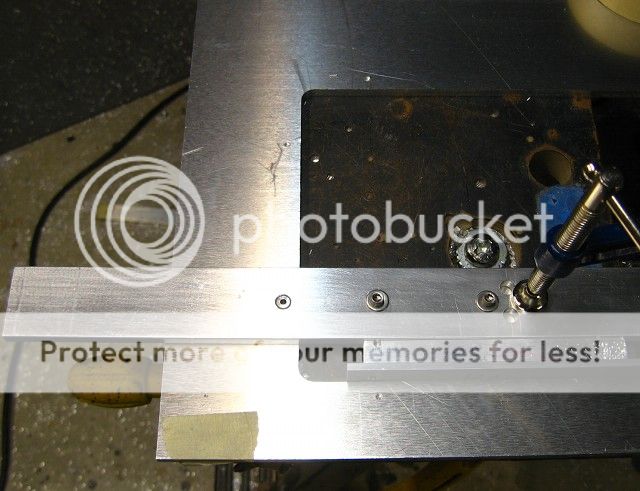
Some .063 perforated aluminum cut to size:
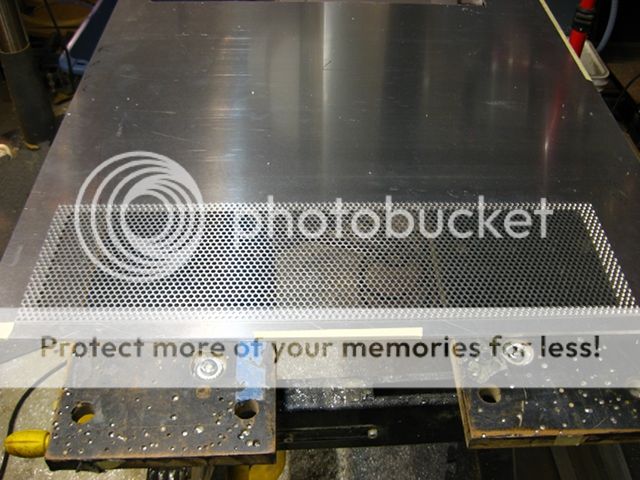
To accurately cut the rounded corners on the side panels a router jig was fab'd from a piece of the corner round used on the body of the case, 1-inch u-channel and a couple of 1-2-3 block hot glued to some particle board. Two strips of Mylar from an old drum head was used to smooth out any irregularities.

Tah-dah!



A couple of spacers was used to quickly and accurately place the jig on the work piece (to avoid having to measure/layout the location of the holes).

Some .063 perforated aluminum cut to size:

To accurately cut the rounded corners on the side panels a router jig was fab'd from a piece of the corner round used on the body of the case, 1-inch u-channel and a couple of 1-2-3 block hot glued to some particle board. Two strips of Mylar from an old drum head was used to smooth out any irregularities.

Tah-dah!






